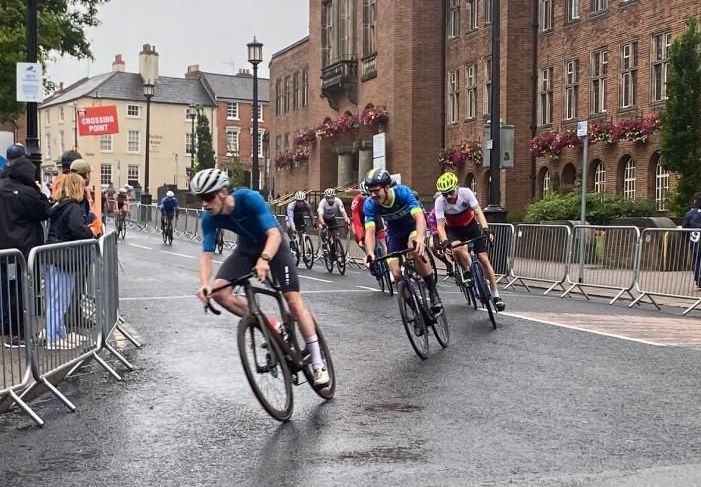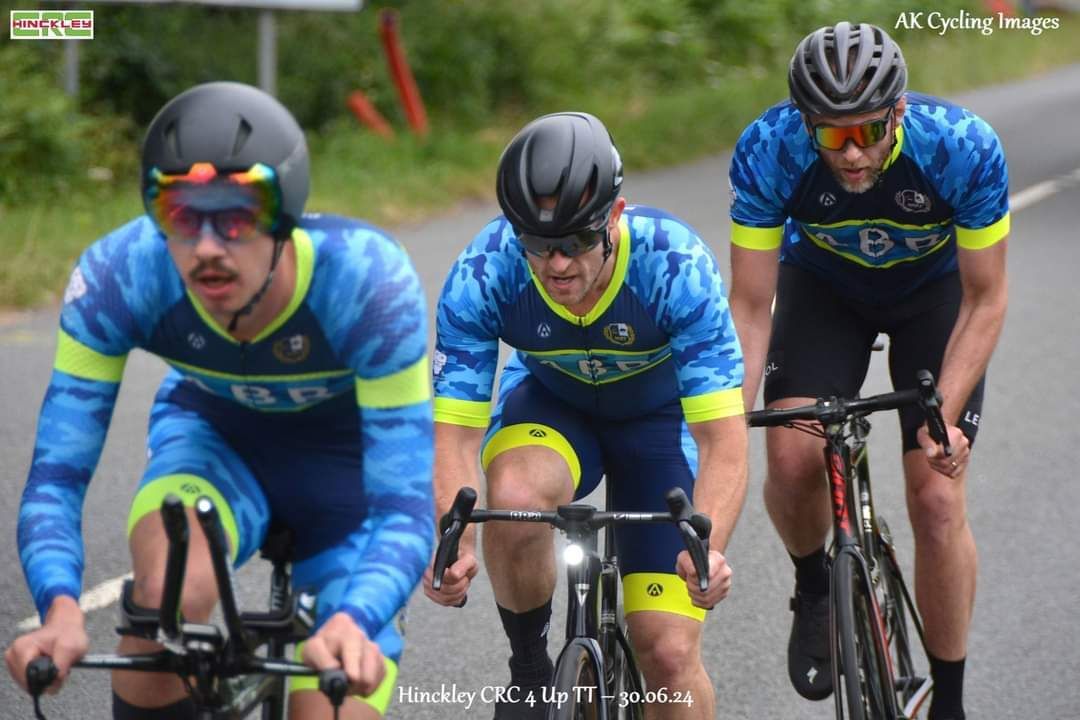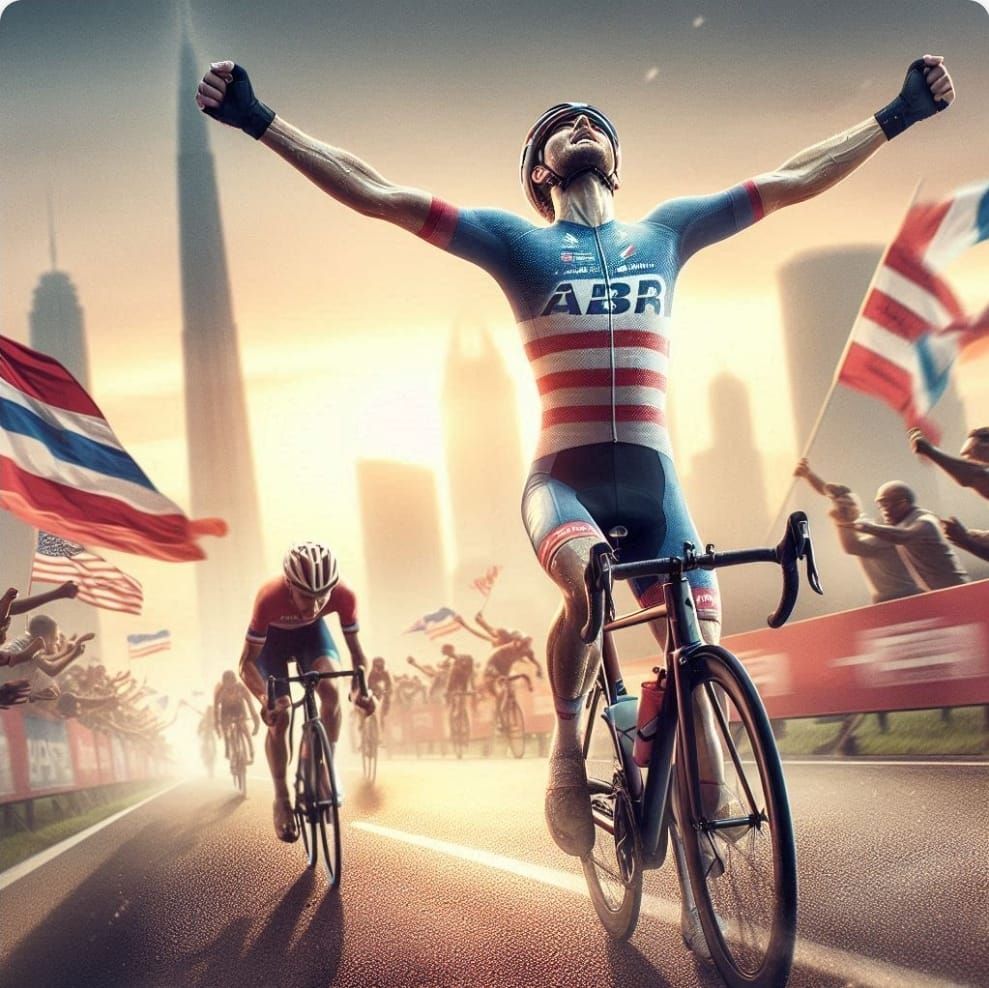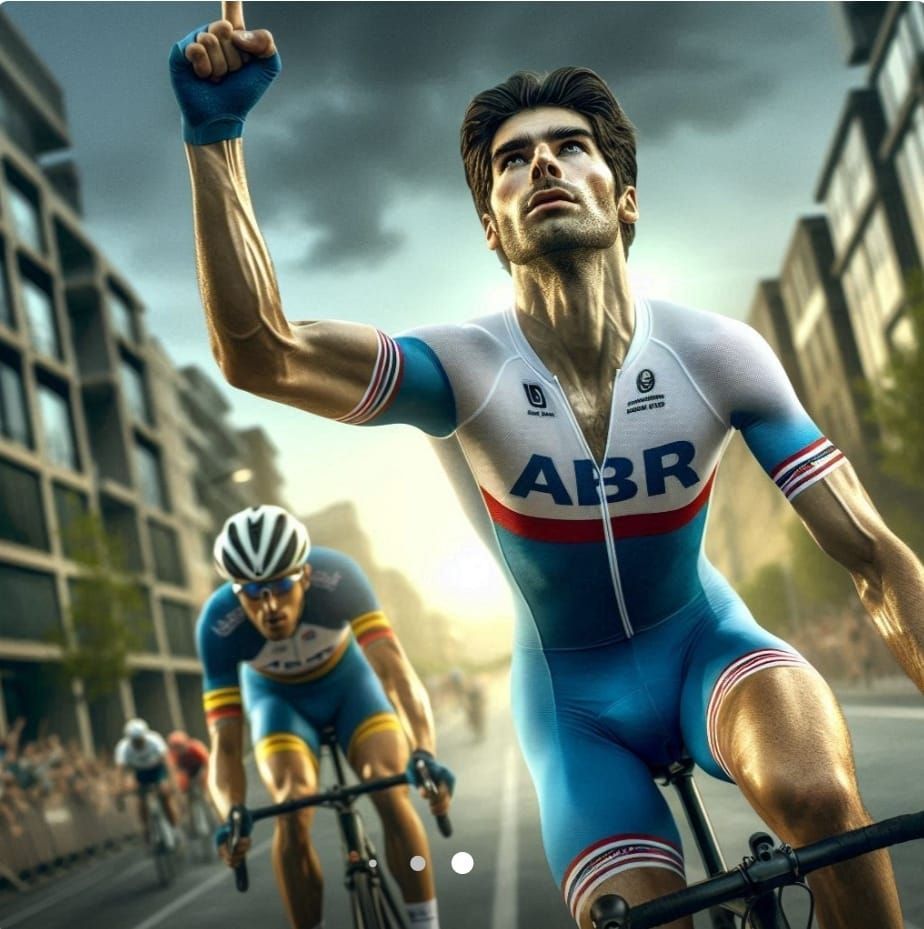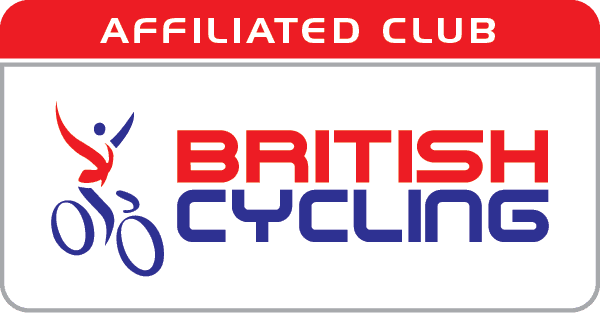Support the ABR Team
Help build a better experience for our ABR cycle team. We spend many hours on a non-paid basis.
Cycle Team Time Trial Racing
How to Cycle Team Time Trial
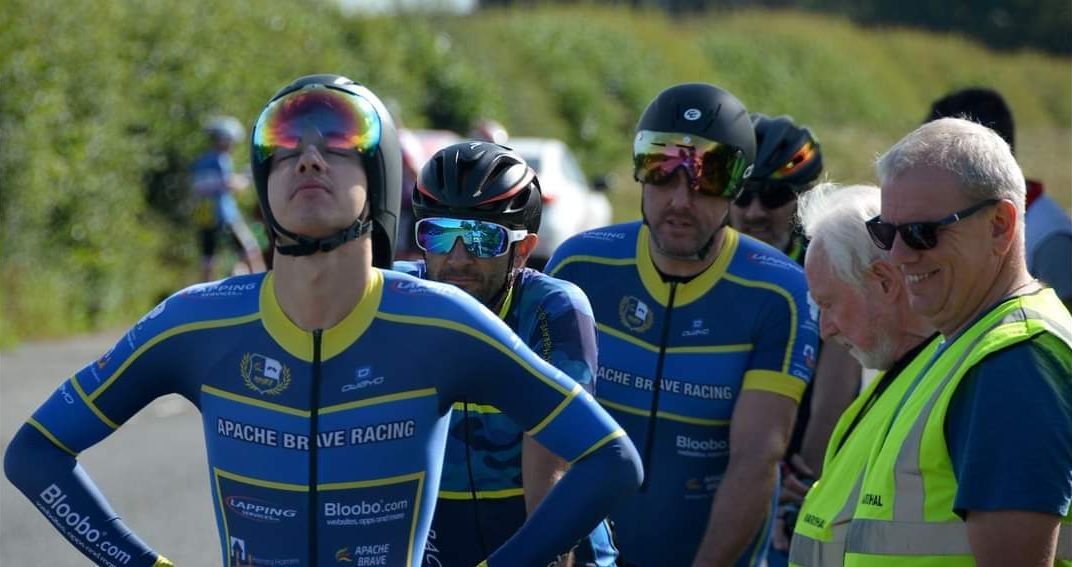
Optimal performance in a team time trial requires attention to lots of details. ABR cycle team principle Richard shares his best tips with us.Optimal performance in a team time trial requires attention to lots of details.
The Time Trial Start and Start Order
Warm up and arrival at the start line: Warm-up time for any time trial may differ between teammates. In general, you’ll want to warm up for a team time trial with the same time and intensity that you would for an individual one, shortening if it’s hot, or lengthening it for a short TTT. General Richard suggests a warm-up of 15 to 20 minutes — just enough to get legs moving and blood flowing with some prescribed openers if needed.
Foot-down starts and held starts: Whether starting with a foot down or having someone hold you, stay calm and relax your hands, shoulders and the foot or feet on the pedals. Make sure you’re in good gearing for the start and that you’ve spun the pedals around a few revolutions in place (holding the rear wheel up) to make sure that the bike is securely in gear as you position one foot forward at about the 2 o’clock position. For flatter course starts, choose the big ring and a gear 3-4 cogs up from your biggest gear: something that’s easy and smooth to accelerate and push off. For held starts, choose similar gear and don’t be afraid to tell the person holding you to “move you more center/left/right.” Their aim is to have you start as smoothly as possible, so helping balance you is part of their job.
Countdown to start: Stay calm and take deep breaths. Press the start on your cycling computer in good time so that you aren’t messing with it in the final seconds before take off. Richard suggests taking six deep breaths in and out with closed eyes. In the final countdown of a held start, on the “five” count, apply the brakes and rise out of the saddle on both legs. On “one,” push on the forward pedal with the brakes still squeezed. On “zero” (or “go!”) release the brakes and pedal forward in one fluid motion, pulling the bike straight into you so that you don’t wobble to the left or right. In a foot-down start, on “two” or “one” apply the brakes. On “zero,” rise up on the forward pedal and release the brakes, rolling forward smoothly, getting the unclipped foot in position immediate to clip in and continue the acceleration.
The first six pedal strokes: Acceleration powerful enough to get quickly up to speed, hard but not flat out sprinting. Remember, you want to be getting into formation with your teammates immediately.
Start order: Generally, the person who is the strongest TT’er or motor starts (1st in line) and the 2nd person in line smooths it out. The 1st person (the starter) gets the team up to speed while out of the saddle, and when the predetermined speed is reached, the leader sits and the rest of the team sits one after another, like dominoes. The 2nd person holds that speed and takes a slightly longer pull to smooth it out at the start. The 3rd person matches the 2nd, etc,. A common way to arrange riders is by size or “aero-ness”, so that the most aerodynamic rider is first in line and the largest is last, creating a bullet shape. Another option if all riders are of the same relative size is to have a rider who is not quite as strong behind one who is stronger. Get the order right at the start. Stick to the plan. Don’t be sloppy and just take the order you end up in accidentally.
As a starter: The starter ensures that the team accelerates to the predetermined start speed for the terrain and length of course. Be realistic. Make sure you’re all on the same page and you should know from practicing together on what that speed should be. A smoother rider who is good at matching speeds and keeping it all together is called a “welder” and is put in a place to pick up slack or keep it going.
Getting in line: Practice! Practice! Practice!
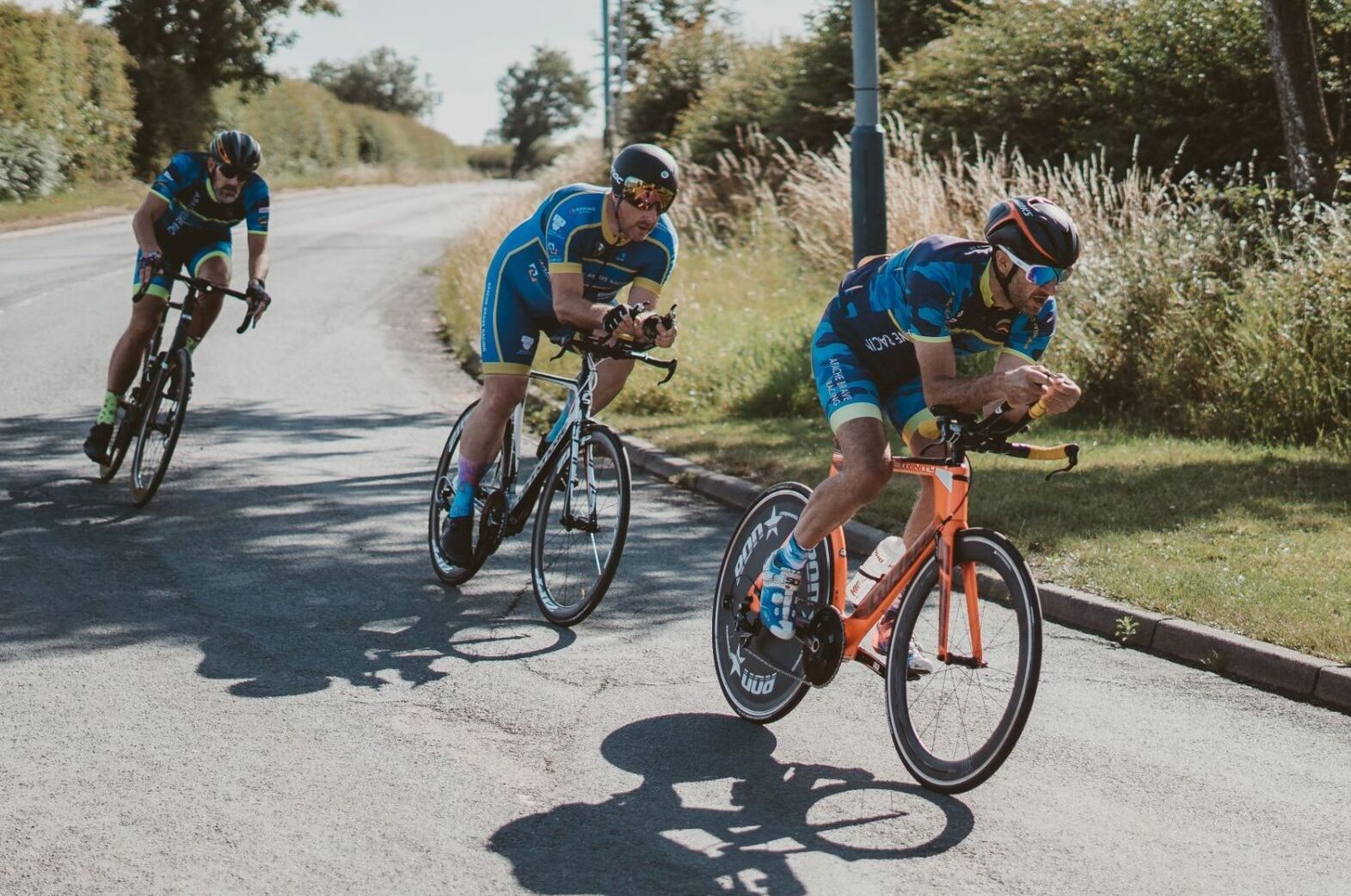
Pulls, Pacing, Exchanges and Cadence
Pull Strength and Length: Pulls on the front should be steady and maintain the agreed upon effort. Avoid surging even if the pace feels easy. Stronger TT’ers take longer, steadier pulls in general, not harder. Longer pulls should be taken only long enough to keep the pace steady and strong. Sometimes longer pulls can bring the speed down, so it’s important to be aware and shorten pulls accordingly. If it’s a windy course, take shorter pulls to conserve energy. For example, 25-40 second pulls may be best on a calm day, but if it’s really windy take it to 15-20 seconds or so. Take longer pulls on climbs and shorter ones on descents. Feel it out and communicate.
Smooth exchanges: When it’s your turn to move from 2nd to 1st wheel (move to the front) take a few pedal strokes easier than what you may think is required, knowing that the exchange needs to be smooth. The goal is to keep the same speed as the previous leader until you have taken over the lead and everyone is on.Then adjust very gradually back up to speed if needed. Richard says, “I watch my power mostly and gauge it at 120% – 140% of FTP and make sure my cadence is up above 85+ RPM, generally. Once it goes down to 80 or 75, the speed is going to drop, or I I feel like I might blow up, I know it’s time to pull off with a head flick and then go.”
General line placement and wind: It’s ultimately up to the front person to determine wind direction and direction of rotation. If you are unsure, stay in the center of the road and pull off toward the direction you feel the wind or pull off to the outside as you enter a corner. Your team leader may also dictate the direction by saying “left!” or “right!” It’s important to keep quiet and let the person on the front make the decision unless it’s the choice is disrupting the group.
Shortest line: Always look up the road and think of the shortest, most direct line through the upcoming curves but also keep in mind you have your teammates behind you. When you lead a TTT you have to consider what the others will be forced to do based on your choice. Cutting a corner too tight can put the hind riders in the curb, for instance, or cause them to have to brake, disrupting the line. Richard says, “I’ve gotten yelled at for taking lines that I would normally take in an IT. Keeping in mind swooping more and considering your teammates in back is the biggest rule of thumb.”
Pacing in general: Pacing depends on race length. Start out 10% below the designated average speed or 120% of each rider’s FTP (functional threshold power) effort speed. The pace can be higher than FTP because drafting allows for threshold or below effort for those behind the leading rider.
Pacing on Descents: Take shorter pulls on descents and generally a quick rotation depending on the grade. It’s ultimately up to the 2nd person to determine pulling through or not, so if they sense an increase in momentum, they can just pull through. “You’ll hear your teammates from behind (communication up the chain) yelling,” says Richard. “’Faster rotation’ or ‘UP!’ is what we say. If you’re flying down a decent, you might pull up and off quickly and have two people coming back at once.”
Pacing on Climbs: On climbs, the rider in front should ease into it so that whoever just pulled off is able to recover some in the back. A steady grind up a climb is more efficient than surges that break the line. Effort on a climb should be no more than 5 watts higher than on the flat. Check frequently to see that the group is together.
Cadence: Generally, your cadence will be slightly higher in a TTT than an individual time trial due to the pace changes in pulling, dropping back, and returning to the line. Richard’s cadence is usually around 85 - 90 rpm average with pulls in the 85 - 95 rpm range, versus in an IT where it’s steadily 80 rpm or so. Cadence is one of the most important variables to monitor during a TTT. Your cadence may not be the same as Richard’s but in a TTT you want your highest comfortable, powerful cadence in which you can easily adjust speed and keep gaps small.
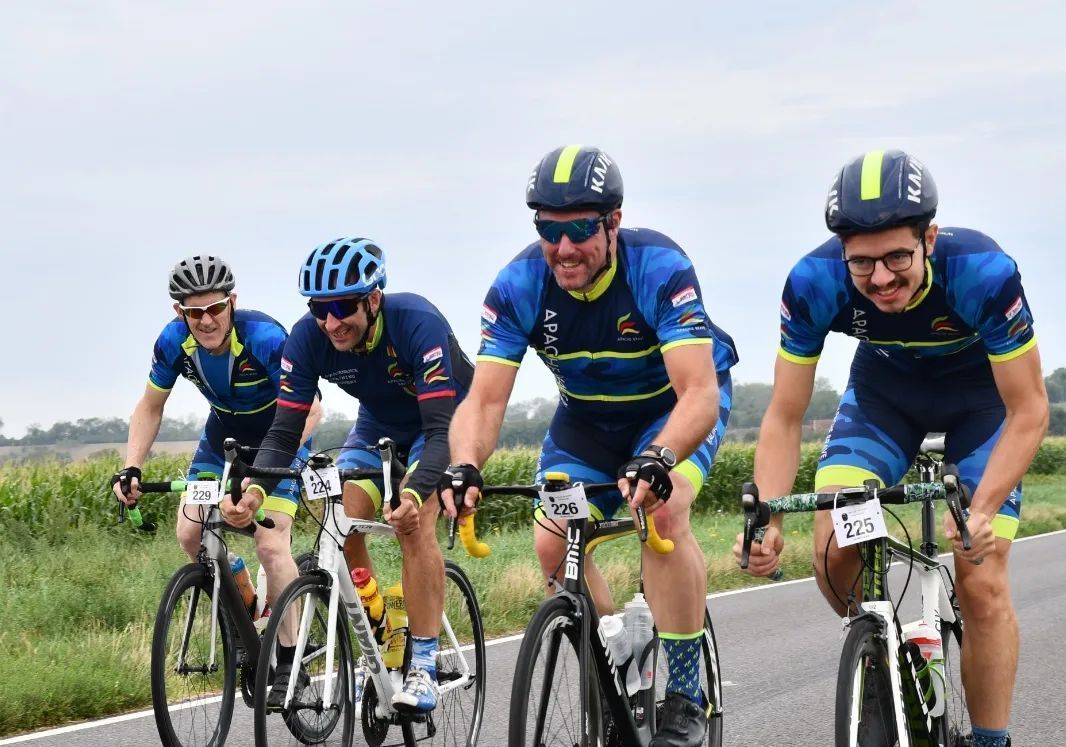
Staying Together and Uniform in Your Team Time Trial Paceline
TRUST the person in front of you: Match their cadence if possible as that keeps the flow nicely. Always remember that your movement affects the person behind you so if you’re swerving and unsteady, you’re endangering the rider behind you and the rest of the group. Be a steady rock for your teammates to follow. Signal your intentions and be predictable.
Communication between teammates: That trust requires communication. Keep the communication as SIMPLE and low as possible. “If we have a TTT training session and we didn’t talk at all, that’s the best of days because we can read each other so well there is no need to talk,” says Richard. Talking and too much yelling, etc., is very disruptive. It’s best to have communication come from one designated person who is the “pacer” and only used for a handful of situations. Here are the key words:
- “UP” means increase speed, but gradually and without surging!
- “Easy” means there is surging in the line and someone is getting gapped off.
- “Left” – move left on the road
- “Right”- move right on the road. This applies to cross-winds and especially if the last person is getting guttered or has no room to draft, or if you need to take a tighter line.
- “Last” is something the last person says if the rotation is scrambled — for example, if the person coming back is going to be behind a different person in the order than before (mixed rotation due to closing gaps or someone drops out) the person on the end is responsible for communicating this to the person coming back. Don’t yell. Just say “last” calmly.
- Any communication for a specific person is to be communicated as they drop back. For example, if a particular rider is surging constantly, the designated leader would say to them as they come back, “ease into it.”
- Didn’t hear what was said to you? Keep riding and doing what you’re doing; if you hear it three or more times, then it’s probably important. If you’re unsure, just pull off, and if it’s important the person will tell you again as you come back in line.
Aerobars: Stay on the aerobars, or “skiis” as they’re sometimes called, anywhere you can hear or feel wind and can safely ride them. Practice technical terrain as a team to increase confidence on the aerobars. Even ride them on climbs if there is a head wind or you are still moving along quickly enough that it’s worth it to stay in. “The only time I come off the skis to my hoods is if I’m coming back in the line and we’re on a climb, “says Richard. “If riding slower than 13 MPH (20 KM/HR) with no headwind be on your hoods. Anything above this speed, be in the aero bars.”
NEVER NEVER NEVER look back or behind you!!! The race is always FORWARD just like in a road race. Looking backward puts your team in danger and you’ll slow the group immensely. Remember, on aerobars your teammates don’t have easy access to brakes, and neither do you! It’s the job of each rider to communicate up the line about anything important, so you should not need to look back.
Cornering in aerobars: Don’t take sharp corners in your skis!! If in doubt, get on your drops or horns and the others behind you should match as you go into the corner and stagger slightly to take the turn. The lead rider should get into the horns or drops a few pedal strokes before the entrance to the corner and the teammates should match this. When coming out of a corner, the person on front should ease up 5-15 seconds (depending on the severity of the corner) and then accelerate back to speed gradually. Staying close is more important than getting to speed ASAP. You will know if it’s too fast or slow by your teammates’ (or radio) communication.
Turn-Arounds, Passing, and What to Do When a Teammate Drops Off
Passing and being passed: If you are passed, hold your current line and avoid drafting in the passing team’s line. When the time comes to pass, do it efficiently. Allow plenty of room side-to-side for the whole team to pass. Remember that your teammates may be to your right or left depending on the wind, so if passing on the left, for instance, you need to leave room for the width of several riders to the right to clear the other team’s line. Teams must leave a distance of 2 meters of side clearance when passing and must maintain a forward or backward distance of 25 meters from the other team. “When you’re passing you might say “on your left” but usually you’re so red-lined that doesn’t happen,” says Richard
.
Dropping off on windy side or outside of turn: Rotate and pull off INTO the wind and come back as close to your teammates as is comfortable to protect them in the line. Drop back as quickly as possible to maximize the recovery time in the back before moving on up again. When you do come back, always be in your skis so that you’re aero, saving energy and not being a sail. When pulling off, flick your head IN THE DIRECTION you’re going to pull off. It will be apparent in an echelon but not if you’re singled-up down the middle of the road. If you’re pulling off during a turn, pull off on the outside of that turn, leaving the shortest line open for your team to come through. (In a left turn, pull of to the right.)
When to let a teammate drop: Be aware of the required number of finishers to get an official time. For instance, the time of the third rider is usually counted in a four person TTT. If a teammate is BLOWN that means that they did their job and it’s time to pull resources together. If a rider is overextended and not able to pull their weight any longer, you have to ponder the chances of another rider having a flat or cramp, vs the chances of winning if you don’t drop the tired rider. If a teammate is BLOWN you’ll know because you’ll have 1 fewer rider and someone should communicate “three” if you started with four.
What to do when a teammate drops: It’s up to the person off to yell “DONE” when they are through or “three” if they were the four person so the team knows what’s up. However, the reality is that often the blown rider won’t be able to communicate and it’s up to whoever figures out that you are a rider down to communicate quickly to the rest of the team by shouting out the new number of riders. In amatuer races you won’t have radios, so it’s important to communicate this and pull together the remaining formation.
Draining the tank in the final minutes: The final minutes are the hardest and really best to hit 120% + of FTP if possible, but without dropping teammates. If you know you have it and are able to keep up an all-out type of effort, take a LONGER pull on the front. The 2nd person in line should go around you if they have the power and momentum to move around or notice a drop in speed. Everyone will be blown by the end so sometimes the last 3KM is an “organized fumble ” You just have to go hard, see the stars and lay it all out while keeping as close to the wheel in front as possible. Match their speed, and take the lead when you can, but gently, not sprinting away. Richard says, “I like to encourage my teammates when I can tell we’re hurting, especially the last 5 KM. I’ll say ‘lad's we’re almost there, let’s keep it up!!!”
And finally…
Team attitude and awareness: Be conscious of how your teammates are doing. It’s a TEAM effort, and just because you can do “X” amount of watts and speed and ride sharp lines, your teammates may not be set up to do the same at that moment, so be mindful. Suppress the urge to “beat” the people around you. Constantly check that everyone is doing okay and adjust your speed to keep the group together. You win only if the required number of riders finish with a good time.
ABR blogs are brought to you by Bloobo.com Website Builders.
What do they do?
Bloobo.com offers a wide range of services nationwide, all serviced from their offices in Derby.
Services include: Website Builder. Mobile apps. Marketing
They will work with you to design and build your website to match your brand, help attract new customers and manage social media and marketing consultancy.
Everything is designed for your brand and they offer great value whilst guaranteeing high quality.
